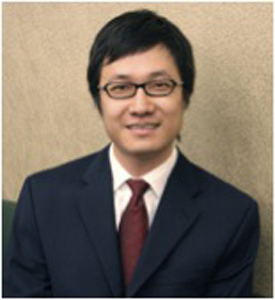Program Information
Internal Brain Motion Between CT and MR Scanning
Q Xu1*, Y Chen1, Y Zhai1, J Fan2, E Wang3, R Croce1, S Asbell1, T LaCouture1, G Kubicek1, (1) Cooper Medical Center, Mt Laurel, NJ, (2) Virtua Fox Chase Cancer Center, Philadelphia, PA, (3) Fudan University, Shanghai, Shanghai
SU-E-J-147 Sunday 3:00PM - 6:00PM Room: Exhibit HallPurpose: To evaluate the internal brain motion between two imaging studies of CT and MRI. A study with 30 healthy volunteers with MRI scans in 4 different positions showed significant brain to skull motion up to 1 cm. Such motion among patients for radiotherapy to the brain is evaluated in this study.
Methods:Twenty-five patients underwent MRI and CT scans in the same day for radiotherapy planning were recruited. A whole brain fusion was first performed. Three to five pairs of control points were selected on both CT and MRI for starting an automated intensity based registration. The fusion was reviewed and fine-tuned for the best skull-to-skull matching. To study potential internal brain motion, a subsequent fine-tuning of the fusion was performed by matching the visible features, such as gyri, sulci and fissures, near the tumor site. The second fusion was reviewed and fine-tuned by two physicists until the best visible feature matching could be agreed upon. The resulting rotation and translation between the whole brain and feature-based fusions indicated potential internal brain motion between the two scans.
Results:Between two fusions the mean internal shifts in x (LR), y (AP) and z (SI) were 0.34±0.95 mm, 0.21±1.18 mm and -0.34±0.8 mm, respectively. The mean overall shift was 1.4±1.1 mm, and the largest shift was 3.5 mm. The mean rotation angles were 0.22±1.32° (pitch), 0.14±0.4° (yaw) and 0.08±0.53° (roll), respectively. The pitch motion was predominant (head up and down) due to difference of couch tops of CT and MRI scanners.
Conclusion:Our study showed small but measurable internal brain motion among radiotherapy patients with typical clinical setting for CT and MRI imaging. Therefore the CT-MRI fusion should be carefully checked for internal structure matching. An additional treatment margin may be needed if an internal motion is observed.
Contact Email:


